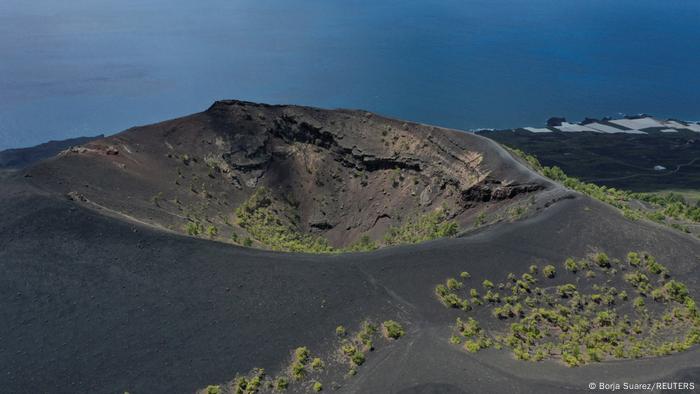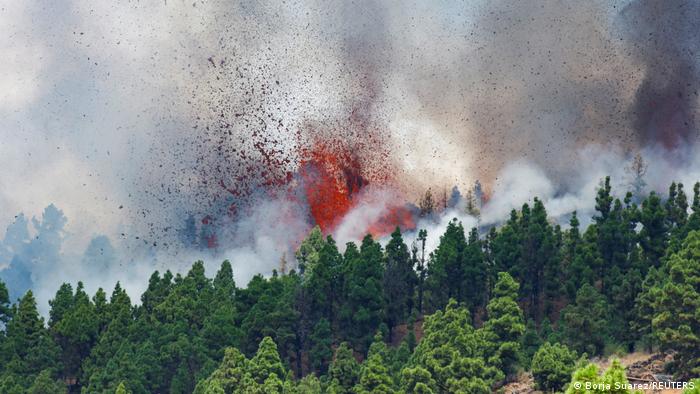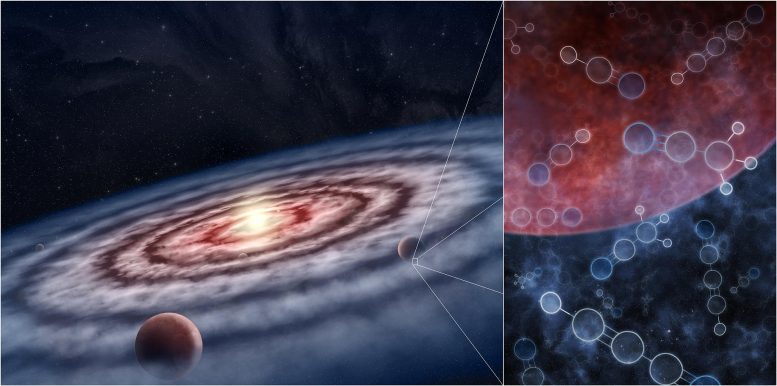First Nations leaders say next government must consider on-reserve housing for '7 generations down the line'
Platforms of Canada's 4 major parties in Monday's vote address First Nations housing, but details lacking
The sounds of hammers, saws and drills fill the air in Wauzhushk Onigum Nation as construction workers are busy getting the foundations ready for a handful of new housing units on the First Nation next door to Kenora, Ont.
The new homes, expected to be completed by this fall, will help get 10 to 12 families off the First Nation's housing wait list, according to Chief Chris Skead.
It's a significant step forward, thanks largely to the federal government's rapid housing initiative, but the chief says it won't come close to addressing the overcrowding in other homes on the reserve.
"Realistically, we're about 100 houses short here within the community," Skead said. "I know it's difficult at times, because some people can be on a waiting list for, gosh, going on a decade, if not longer."
About 400 people live on the reserve, and that number is growing.
"If you see the Anishinaabe people, we're like the fastest-growing demographic within Canada," said Skead.
With a finite amount of land, the housing committee has had to start forecasting future housing needs for the community and thinking about needed infrastructure development.
The conversation about housing shortages and infrastructure development on reserve is being replicated in First Nations across Canada.
The latest estimates from Indigenous Services Canada suggest there's an immediate need for 21,000 new homes on First Nations, with another 50,000 houses requiring major repairs.
The situation is much more dire, according to estimates from the Assembly of First Nations (AFN), which predicts there will be a backlog of 130,000 housing units between 2010 and 2031, according to a national First Nations housing strategy posted on the AFN's website. The AFN has also included housing and homelessness as a priority in the lead-up to the federal election Monday.
States of emergency declared over housing
In many First Nations already, the housing situation is critical.
In January 2019, Cat Lake First Nation, located 415 kilometres northwest of Thunder Bay, Ont., declared a state of emergency over dangerously poor housing conditions, which included mould problems so bad that community members say it led to the death of one resident from respiratory problems.
This past winter, as temperatures approached –50 C, several people and families on Eabametoong First Nation, about 300 kilometres northeast of Thunder Bay, had to live in temporary tent structures to ease overcrowding.
On Wednesday, Marten Falls Chief Bruce Achneepineskum warned of an impending housing and homelessness crisis as he declared a state of emergency because of a water treatment plant failure.
Achneepineskum called on the federal government to help provide 15 to 20 houses immediately to the Treaty 9 First Nation, as well as fire suppression equipment because the community doesn't have any.
"The worry of a house catching fire keeps me up at night," the chief said in a media release.
A report released this year by Ontario's chief coroner identified the deaths of 56 people in 29 fires that occurred on 20 First Nations between 2008 and 2017, and found First Nations children under age 10 died because of fires at a rate 86 times that seen in non-First Nations children.
Federal parties' First Nations housing promises
But during the federal election campaign, at a time when housing availability and affordability have dominated headlines for weeks, housing on First Nations reserves has been largely overlooked.
The platforms for all four major parties make mention of housing for Indigenous people, but not necessarily specific to on-reserve housing:
- The Conservatives promise to enact a "for Indigenous, by Indigenous" housing strategy and "empowering Indigenous peoples with the autonomy to meet their own housing needs."
- The Greens have promised to develop an urban Indigenous housing strategy and ensure housing in Indigenous communities are built following principles of the United Nations Declaration on the Rights of Indigenous Peoples.
- The New Democrats say they will implement a co-developed and fully funded Indigenous national housing strategy within the first 100 days in office that will "put an end to chronic overcrowding and long wait lists."
- The Liberals have said they will develop an Indigenous urban, rural and northern housing strategy, invest $2 billion in Indigenous housing for First Nations, Métis and Inuit, with more than half of the funding available by the next summer construction period, and co-develop and fund a national Indigenous housing centre.
Call for First Nations-led approach to housing
Each of the party platforms calls for inclusion of Indigenous communities in the development of the strategies, but the housing co-ordinator for Wauzhushk Onigum, also named Chris Skead, says more is needed.
First Nations know their own housing situation best, which is why he's calling for a First Nations-led approach to addressing the growing gaps on reserve.
"You need to treat each First Nation as its own, and stop treating all of them the same," Skead said.
That's not the case currently, according to Skead. He said the process for the rapid housing initiative pitted First Nation against First Nation in a competition to get as much of the $500 million promised by the former Liberal government, and allocations were based on a scoring system.
Wauzhushk Onigum did quite well, in part thanks to the recent lifting of several long-term boil water advisories when their water and treatment systems were connected to that of the neighbouring city of Kenora.
That wasn't the situation for other First Nations, Skead said, adding there are a number of factors that go into the scoring system, including the First Nation's ability to handle debt.
"Maybe they don't have the infrastructure, maybe they don't have the land, or maybe they don't have the operations and maintenance to take care of certain things in order to achieve those goals," he said. "So if you score good, you're going to get it, but you're not filling a need."
Wauzhushk Onigum's chief said he expects the new government to start visiting First Nations immediately to address the housing and other challenges they face.
"With the Anishinaabe people, we're always talking about seven generations ahead. So the work we're doing now is going to have that ripple effect seven generations down the line."









